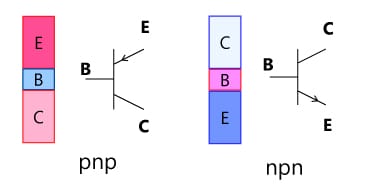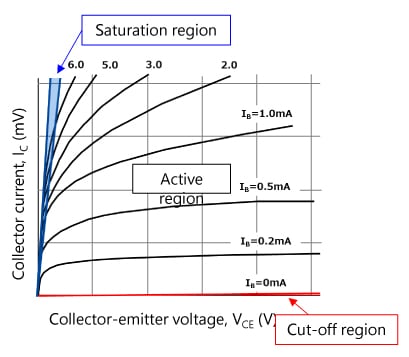- General Top
- SEMICONDUCTOR
- STORAGE
- COMPANY
-
My ToshibaSemicon
- Semiconductor Top
-
ApplicationsAutomotive
Body Electronics
xEV
In-Vehicle Infotainment
Advanced Driver-Assistance Systems (ADAS)
Chassis
IndustrialInfrastructure
BEMS/HEMS
Factory Automation
Commercial Equipment
Consumer/PersonalIoT Equipment
Healthcare
Wearable Device
Mobile
Computer Peripherals
-
ProductsAutomotive Devices
Discrete Semiconductor
Diodes
Transistors
Logic ICs
Analog Devices
Digital Devices
Wireless Devices
※
: Products list (parametric search)
Power SemiconductorsSiC Power Devices
※
: Products list (parametric search)
Isolators/Solid State RelaysPhotocouplers
Digital Isolators
Solid State Relays
Fiber Optic Transmitting Modules
※
: Products list (parametric search)
MOSFETsIGBTs/IEGTsBipolar Transistors※
: Products list (parametric search)
Diodes※
: Products list (parametric search)
MicrocontrollersMotor Driver ICsIntelligent Power ICs※
: Products list (parametric search)
Power Management ICsLinear ICs※
: Products list (parametric search)
General Purpose Logic ICsLinear Image SensorsOther Product ICsOther Product ICs
※
: Products list (parametric search)
-
Design & Development
Design & Development
Innovation Centre
At the Toshiba Innovation Centre we constantly strive to inspire you with our technologies and solutions. Discover how to place us at the heart of your innovations.
-
Knowledge
Knowledge
Highlighted Topics
Further Materials
Other
- Where To Buy
- Part Number & Keyword Search
- Cross Reference Search
- Parametric Search
- Stock Check & Purchase
This webpage doesn't work with Internet Explorer. Please use the latest version of Google Chrome, Microsoft Edge, Mozilla Firefox or Safari.
require 3 characters or more. Search for multiple part numbers fromhere.
The information presented in this cross reference is based on TOSHIBA's selection criteria and should be treated as a suggestion only. Please carefully review the latest versions of all relevant information on the TOSHIBA products, including without limitation data sheets and validate all operating parameters of the TOSHIBA products to ensure that the suggested TOSHIBA products are truly compatible with your design and application.Please note that this cross reference is based on TOSHIBA's estimate of compatibility with other manufacturers' products, based on other manufacturers' published data, at the time the data was collected.TOSHIBA is not responsible for any incorrect or incomplete information. Information is subject to change at any time without notice.
require 3 characters or more.
What is a bipolar transistor?
Bipolar transistors are a type of transistor composed of pn junctions, which are also called bipolar junction transistors (BJTs). Whereas a field-effect transistor is a unipolar device, a bipolar transistor is so named because its operation involves two kinds of charge carriers, holes and electrons.
Since the bipolar transistor was the first transistor to be invented, when one simply says "transistors," it sometimes means bipolar transistors.
Two types of bipolar transistor are available, known as npn and pnp, based on the type of junction. The structure of a bipolar transistor looks symmetrical. (For example, in the case of an npn transistor, the collector and the emitter on both sides of the p region of the base are n regions, which look the same.) However, the dopant concentrations in the collector and emitter regions are quite different. Therefore, if the emitter and collector terminals are reversed, a bipolar transistor has a much lower hFE and does not function as intended.
When a bipolar transistor is in the active region, the collector current is basically hFE times the base current. Therefore, an amplifier circuit can be configured using the active area.
In contrast, the saturation and cut-off regions allow bipolar transistors to be used as switches because there is little electrical resistance between emitter and collector in the saturation region and little current flows in the cut-off region.


Chapter 3, “Transistors,” of the e-learning session provides related information.
For the operation of a bipolar transistor, see the FAQ entry, “How do npn and pnp transistors operate?”

